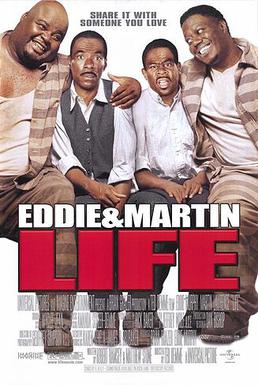The movie Salt is
an American movie that came out in 2010. The movie plot includes many elements
of the movie: Equilibrium. That is
because the person who wrote Salt was
the same as the Equilibrium’s writer.
Initially this movie was written for a
male character to be interpreted by Tom Cruise. Cruise refused to make the
movie and to complete the scripts because he thought that his role in Salt was
very similar to that of the character he was performing in the Mission Impossible saga, Ethan Hunt. Ultimately,
it was decided to rewrite the plot with a woman as the main character, Angelina
Jolie. Because of this change, the main character, a woman in this case, was
renamed as Evelyn Salt. The female main character was not chosen randomly. A
very popular actor, pretty, skillful and recognized by her many outstanding
performances, was chosen for Salt (pathos). She was also involved in the
intense action film, Mr. and Mrs. Smith (logos). This film gives the audience a
glance at her action skills. The movie Salt is filmed primarily in Washington DC
and other major American cities. The reality of the political issues, though are
some of the problems that have grown in the mind of the Americans over time and
inspired this film. Many Americans thought of the possibility that the Soviet Union
would take the revenge from the Cold War (ethos).
As mentioned earlier the protagonist of the movie is a woman,
Angelina Jolie being chosen this role. This movie gained a lot of popularity
for having a female protagonist. Some critics have argued that it was even
better than the latest James Bond’s movies. This movie fails in the way that it
does not include a black female that plays any role on the film. It was well
done, though, in the way that it does not include one scene in which women are
treated different than the men. In the CIA and spying fields, she plays the
same role as those of his male partners. Salt is even considered better skilled
than her male partner agents. Salt is also ‘’object for the male gaze’’ as she
catches men’s eye wherever she goes. There is an instant in the movie in which
Salt displays her sturdy character. It happens when Orlov, one of the leaders
of the Soviet Union, killed her husband expecting that she, as a good Soviet
soldier, would not mind. He also gave the strict order without giving her any
choice to react. In this movie, however, Salt would do anything to show the
power of women and her strong personality. She would kill anyone who had been
involved with the Soviet Union to show her real character. I have not found the
exactly age of Salt, but she surely does not look older than 45 years old. The
movie also failed the Bechdel Test, which consists on having a moment in which
two women are talking about a topic other than men. I have not even seen one
moment in which two women were not talking about men.
The skills of Salt are the same as a man’s skills. I think
they make a great job incorporating and adapting the movie to a woman. Also the
movie shows that she has not one weakness. The movie relates to the fact that
the women can be as strong as men. The majority of characters who act in the
movie are men. They also play significant roles in the movie, but many of their
performances are made to foreground the protagonist’s action. In the movie, a
black man is included who is one of the main agents in the CIA where Salt work.
As it is in several action movies, the film does not have sexual scenes on it,
and the men do not display an extreme and unhealthy body ideal. Also the movie
does not include any characters of the LGBT people group. People with
disabilities are also excluded from the film.
According to the representation test the movie has been
graded with a B. I was surprised at the beginning, but then when I started to
look at the specific points of the test, I saw there is not much relevance to
the movie. This representation test has been a great way to measure the character
diversity. The film Salt does a good job to avoid the continuous pattern of
giving white men the power of performing leading actions, which in the end only
cause racial stereotypes. I do not think the rating of racial issues should be
critically important. Today’s society does not care too much about these issues
as in previous eras. The critics, however, are the ones who look into the deeper
meanings of the movies. In conclusion I think the test has good points to
discuss, as it encourages more female characters as film protagonists, as well as
people from “minority” races such as black people, or just people with different
taste who may not be attractive to the audience.
I would rate the movie as 3, and the representation test as
a 2 because as I said sometimes the diversity does not mean all.















